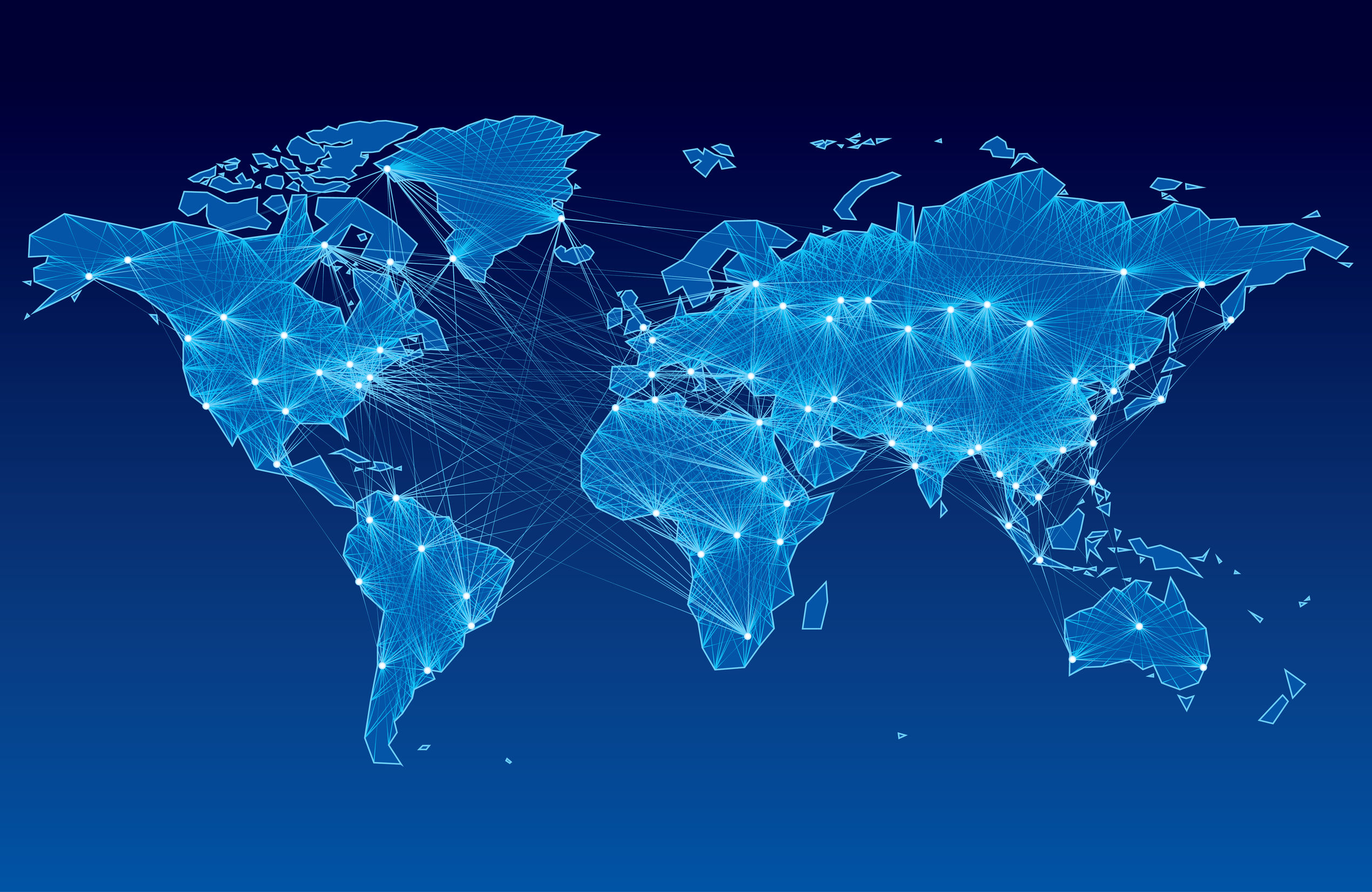
I was privileged to have the opportunity of travelling to Mongolia late November 2017***.
A country of strong contrasts and extremes, arid geography and desert climate (although right now Eastern Canada is probably colder!). Its infrastructure is challenging and its natural resources abundant. Mongolia’s population is approximately 3,5 million, its people are warm and welcoming, literate and determined.
Mongolia is not for the faint-hearted! But then again, the mining industry has never shied away from challenge, uncertainty or the unknown! As the industry demystifies the country, they can develop together a strong bond.
Mongolia is the kind of country our mining industry thrives on, where prospectors and developers like to explore, mastering the challenges of remoteness and arid weather, forging forward, attracted by opportunities that no longer can be found closer to home. And the investors are keen to understand and attain some sense of comfort. Mongolia is a new frontier, of sorts….
There have been the mistakes, the mishaps, and the geo-political shifts. Other concerns remain including concerns around the environment, local communities and gender. More global challenges such as artisanal mining are being addressed. Overall however solutions are being crafted to address and redress.
And it is important to stress that there has also been important progress in recent times. My sense is that Mongolia is a country of people acutely aware of:
- Their culture and the importance their past plays in relation to their present, defining the future;
- Their vast untapped resource wealth;
- Where they want to be: a craving for self-determination and independence, but yet a clear awareness of the importance of playing a role globally;
- Their geographical challenges, being landlocked and yet understanding the importance of connecting nations east and west, north and south: the inevitable opportunity of playing a core role in the new Belt and Road initiative of its southern neighbour;
- The acknowledgment that Mongolia cannot do it on its own, and its need of input, collaboration and cooperation from other countries, such as Canada; and
- A strong hunger for developing best-in-class policies and systems, along the lines of international guidelines, for the building of the natural resource Industry and thus ultimately their Economy.
Mongolia is currently building its foundations, supporting its sought-after stability on pilings of government, private enterprise and local community. It understands that it will need all three to continue to forge its path forward, and address the challenges along the way. It will need some help to achieve this.
Mongolia will need to continue to improve and implement strong legislation and policy. The Natural Resource Industry will need to set-up a framework and address issues, including royalties and taxation, licensing, environment and CSR, amongst others. Mongolia will also need to consider a strategy to reduce, in the medium-term, the uncertainty caused by continuous changes of politicians, and the ensuing fallout. Encouraging the creation and retention of a permanent middle-management within the various ministries and the Government will promote stability, encourage investment, and more importantly help create institutional memory to avoid past mistakes.
Furthermore, to ensure the success and perennity of these measures, Mongolia will have to integrate Infrastructure at all levels: roads, rail, and fibre optics, with the help of innovation, technology, clean energy, renewables and water. There will need to be something in it for everyone, from local herders, their families as well as women, youth and elders, with strong focus on education, training and ongoing capacity building.
But the slate is clean and the opportunities are becoming clearer every day: bridging the past to reach the future has begun, in so many ways. Mongolia has yet much to do to build the road to becoming self-sufficient as well as become attractive to the international business community. It will.
But until then, we should not stay away. I will venture that now is the right time to consider the opportunities afforded by Mongolia. Embarking on the journey however will require planning: understanding realistically the global landscape and carrying out full risk due-diligence. Beyond the traditional risks, consideration all of the non-technical and non-quantitative risks should be a priority in determining the required strategy and execution plan. Proper Stakeholder mapping will help to identify all the concurring and conflicting agendas, and will facilitate strong mitigation definition.
It would be simplistic to think that Mongolia is simply a landlocked country claiming self-determination. Mongolia is a historically rich, but democratically young resilient nation in the process of crafting its position at the world level in a positive and dynamic way. It is being guided by its recently adopted “Mongolia Sustainable development Vision 2030”.
Cooperation, collaboration and engagement will be the key ingredients for success. True partnership-building the essence for success. On these premises and with clear vision, it is definitely the right time to explore Mongolia.
***My thanks to the SESMIM project and their team, supported by Global Affairs Canada for affording me this opportunity, as well as to the board of Women-in-Mining-Canada whom I represented in making a presentation on “Gender and the Natural Resource Industry”. My personal thanks to the members of the Ministry of Mining & Heavy Industry of Mongolia, and all of the people I met during this latest stay.
